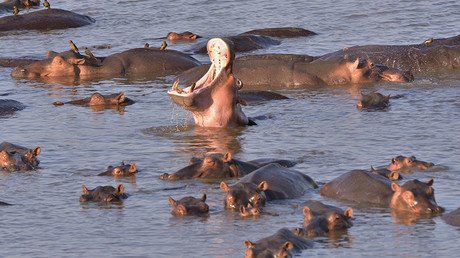Fearsome ‘warg-like' ancient predator was bigger than a polar bear (PHOTOS)
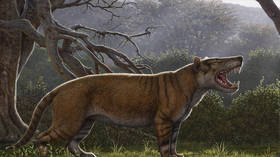
A truly awe-inspiring ancient predator has been discovered in Kenya which may have been one of the largest-ever carnivorous mammals to roam the planet, eclipsing even the largest modern bears, big cats and wolves.
The Simbakubwa kutokaafrika fossils were stored at the the National Museums of Kenya having been excavated in the 1980s but were never closely examined until recently. Simbakubwa means “big lion” in Swahili despite the fact that it is not a cat, nor is it closely related to bears, hyenas or wolves either.
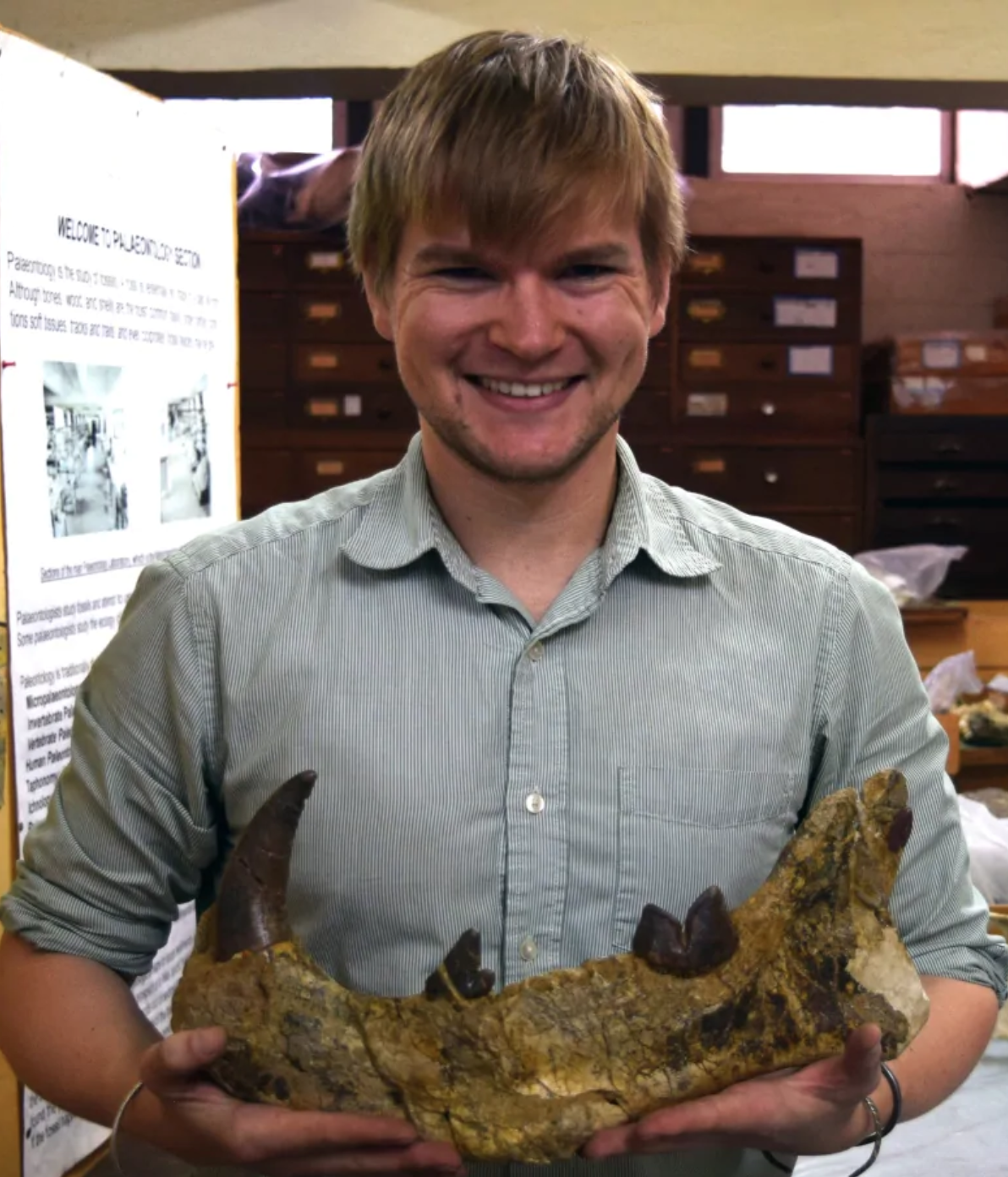
“Most of the specimens that I study are quite small, so you can imagine my surprise when I opened a drawer that I hadn't examined yet, and saw the enormous teeth glinting up at me,” co-author and integrative biologist Nancy Stevens from Ohio University said.
The massive and terrifying ambush predator stalked the African plains 22 million years ago, weighing in at over a ton and measuring 2.5 meters (8 feet) in length with a skull the size of a rhino which contained 20-centimeter long canine teeth to rip flesh to shreds.
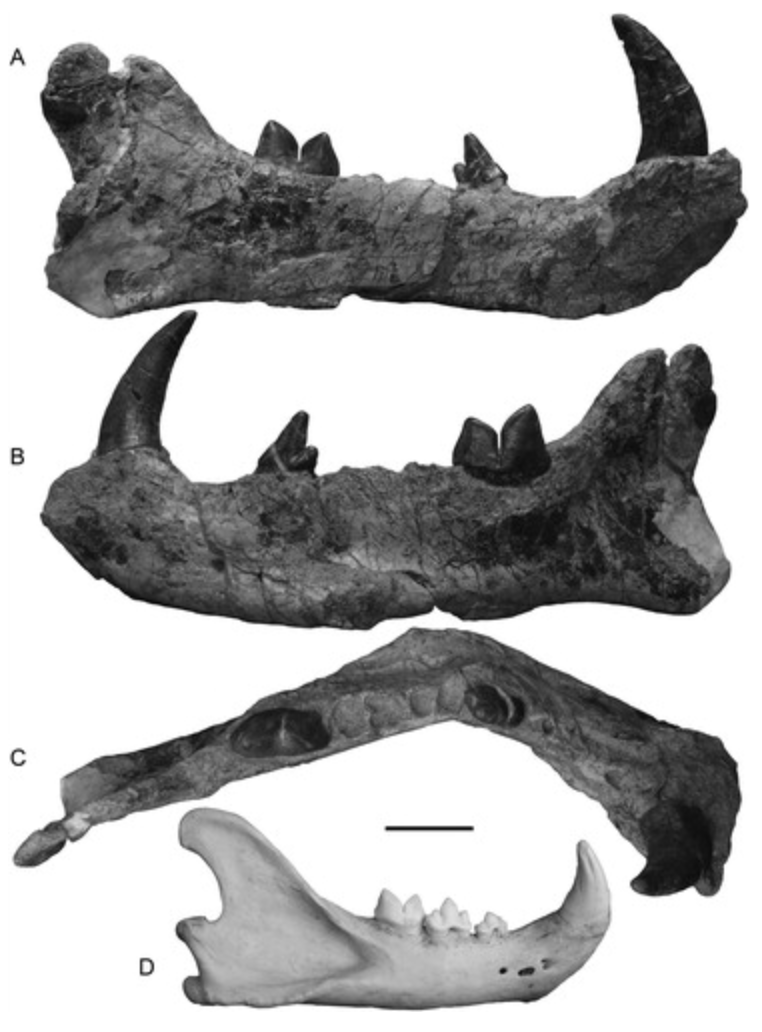
The massive hyaenodons appeared 62 million years ago, four million years after the extinction of dinosaurs, and went extinct roughly nine million years ago.
“At first glance, it would have looked like a gigantic hyena or long-tailed wolf with a head that was a little too big for its body. I imagine something like the ‘wargs’ from Lord of the Rings,” said co-author Matthew Borths, a Duke Lemur Center paleontologist.
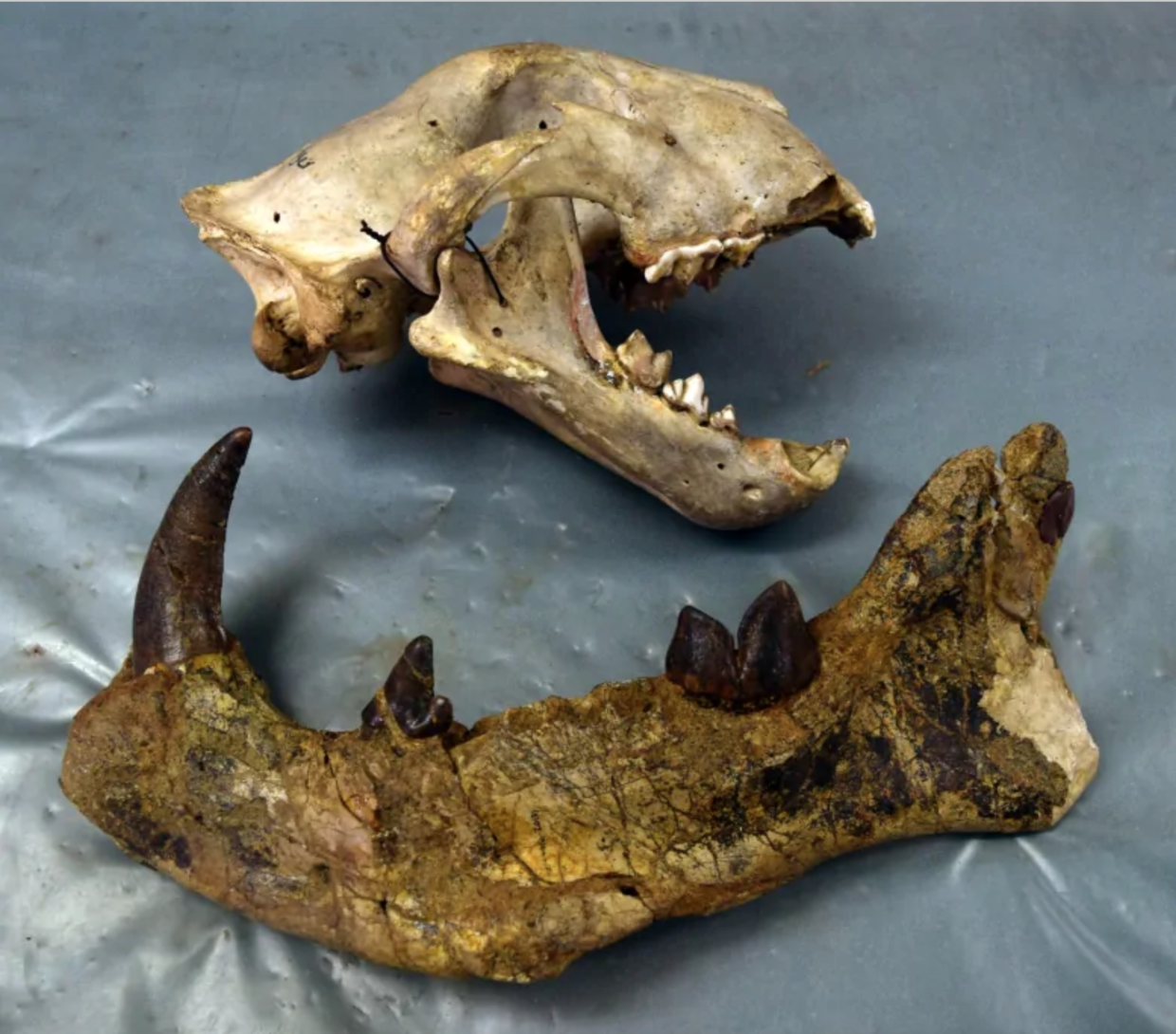
“It was not an animal built for long efficient runs across open ground. Instead, its foot was flexed. Carnivores with this posture tend to be ambush hunters like tigers rather than pursuit hunters like wolves,” Borths added.
The research was published on Thursday in the Journal of Vertebrate Paleontology.
Think your friends would be interested? Share this story!













